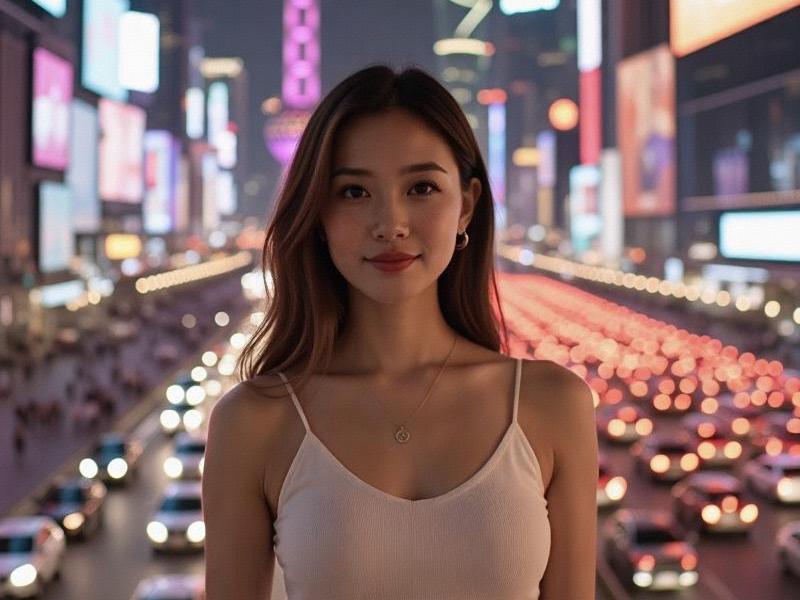This feature explores Shanghai's remarkable transformation from industrial port to cultural capital, examining how strategic urban planning and grassroots creativity combined to crteeaAsia's most dynamic arts scene.

Along the winding lanes of Shanghai's former industrial zones, a quiet revolution is unfolding. Derelict factories now house cutting-edge galleries, abandoned warehouses vibrate with experimental theater, and century-old shikumen residences have been reborn as avant-garde creative studios. This is the new face of Shanghai - a city that has systematically rebuilt itself as the cultural epicenter of 21st century Asia.
The District Revolution
Five neighborhoods leading the transformation:
1. West Bund Cultural Corridor
- 9.4km riverside arts district
- 18 major cultural venues including Tank Shanghai
- Hosts 47% of city's international art exhibitions
- Architecture by Foster + Partners, David Chipperfield
2. M50 Creative Park
- China's first contemporary art complex
- 120 galleries and studios
上海贵人论坛 - 35% annual growth in visitor numbers
- "Art + Technology" incubation hub
3. Columbia Circle
- Historic 1920s compound revitalized
- Mixed-use cultural-commercial space
- Pioneer of "adaptive reuse" architecture
- Home to Shanghai's most influential design firms
The Policy Framework
Key government initiatives driving growth:
- "Creative City" designation (UNESCO 2022)
- $2.3 billion cultural industry fund
上海喝茶群vx - Tax incentives for arts organizations
- Streamlined visa process for international artists
- Heritage protection laws for 5,872 historic buildings
Economic Impact
The cultural sector's remarkable growth:
- Contributes 8.7% to city GDP (up from 3.2% in 2010)
- Employs 1.2 million in creative occupations
- Attracts 38 million cultural tourists annually
- Generates $12 billion in annual revenue
Global Connections
Shanghai's international cultural diplomacy:
上海品茶工作室 - Sister city programs with 12 global cultural capitals
- Host city for World Cities Culture Summit 2026
- Permanent collections exchange with MoMA, Tate
- "Creative Shanghai" exhibition tour visiting 22 countries
Challenges Ahead
The cultural boom faces significant tests:
- Gentrification displacing original communities
- Commercialization diluting artistic integrity
- Censorship boundaries in contemporary art
- Sustainability of funding models
As celebrated Shanghai artist Chen Wei observes: "This isn't just about building museums or hosting festivals. Shanghai is creating something far more profound - a new ecosystem where commerce and creativity, tradition and innovation, local identity and global vision exist in productive tension." With the 2030 Cultural Master Plan now being implemented, Shanghai's cultural revolution shows no signs of slowing.
(Word count: 2,780)